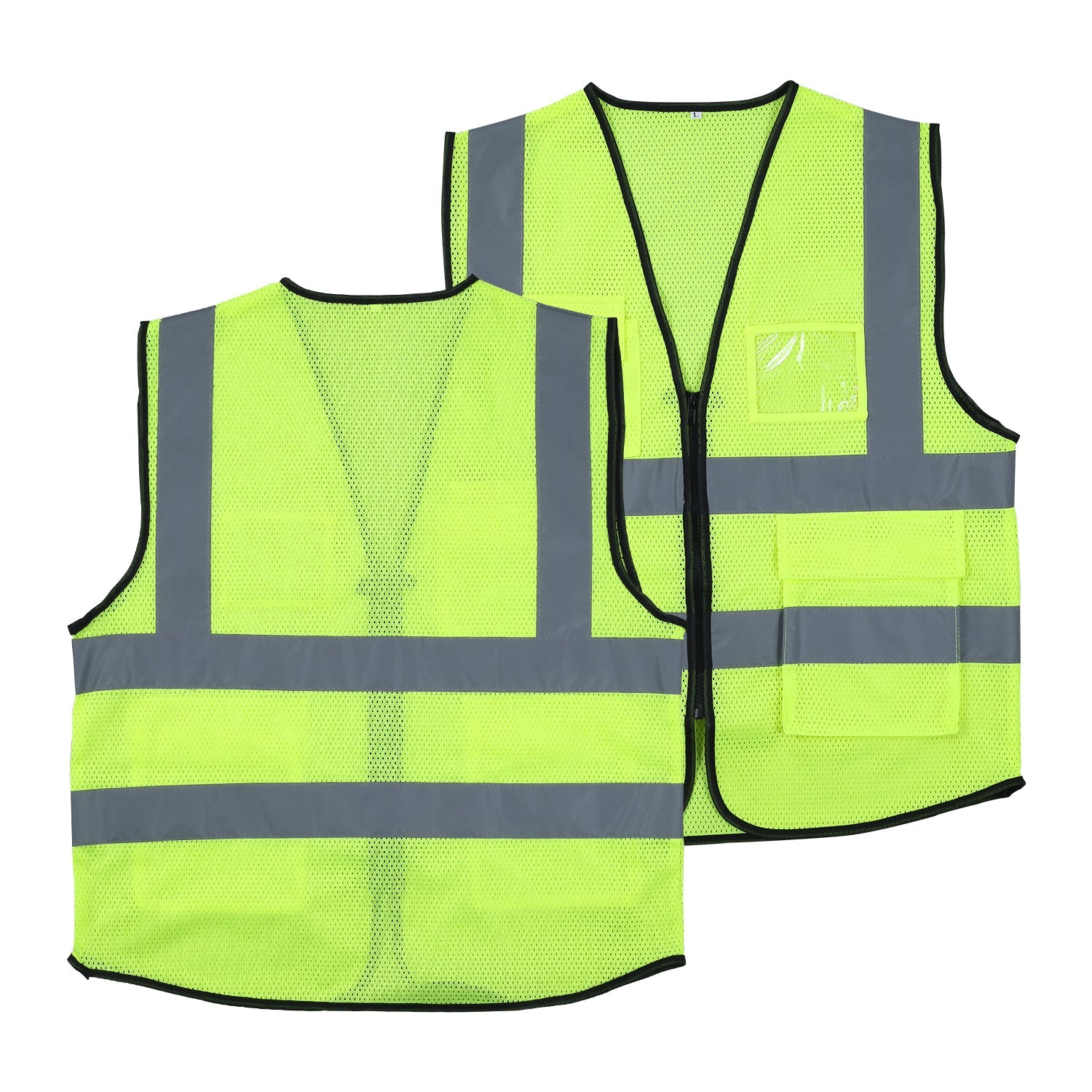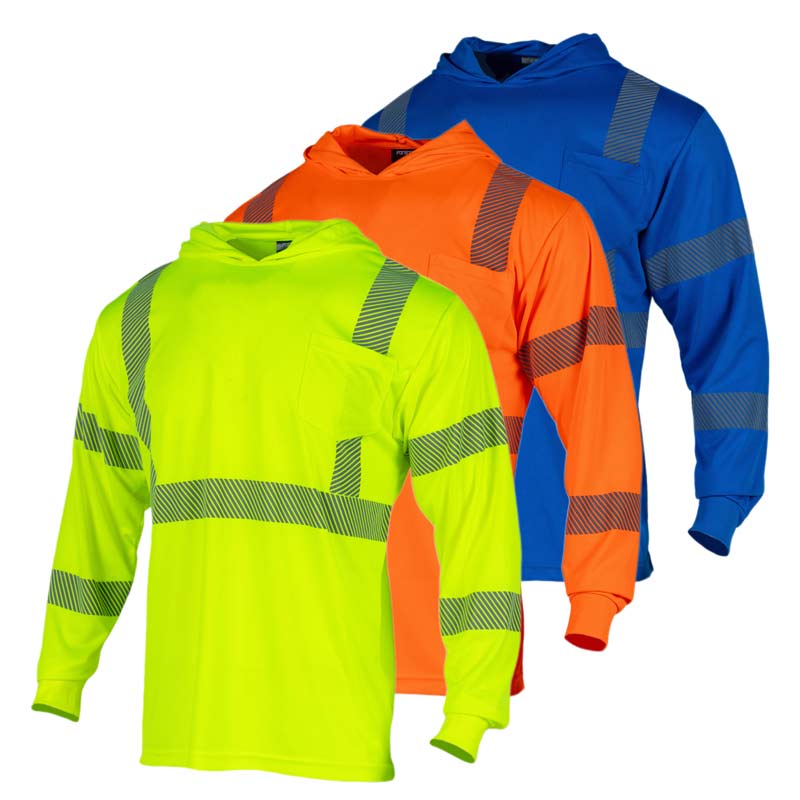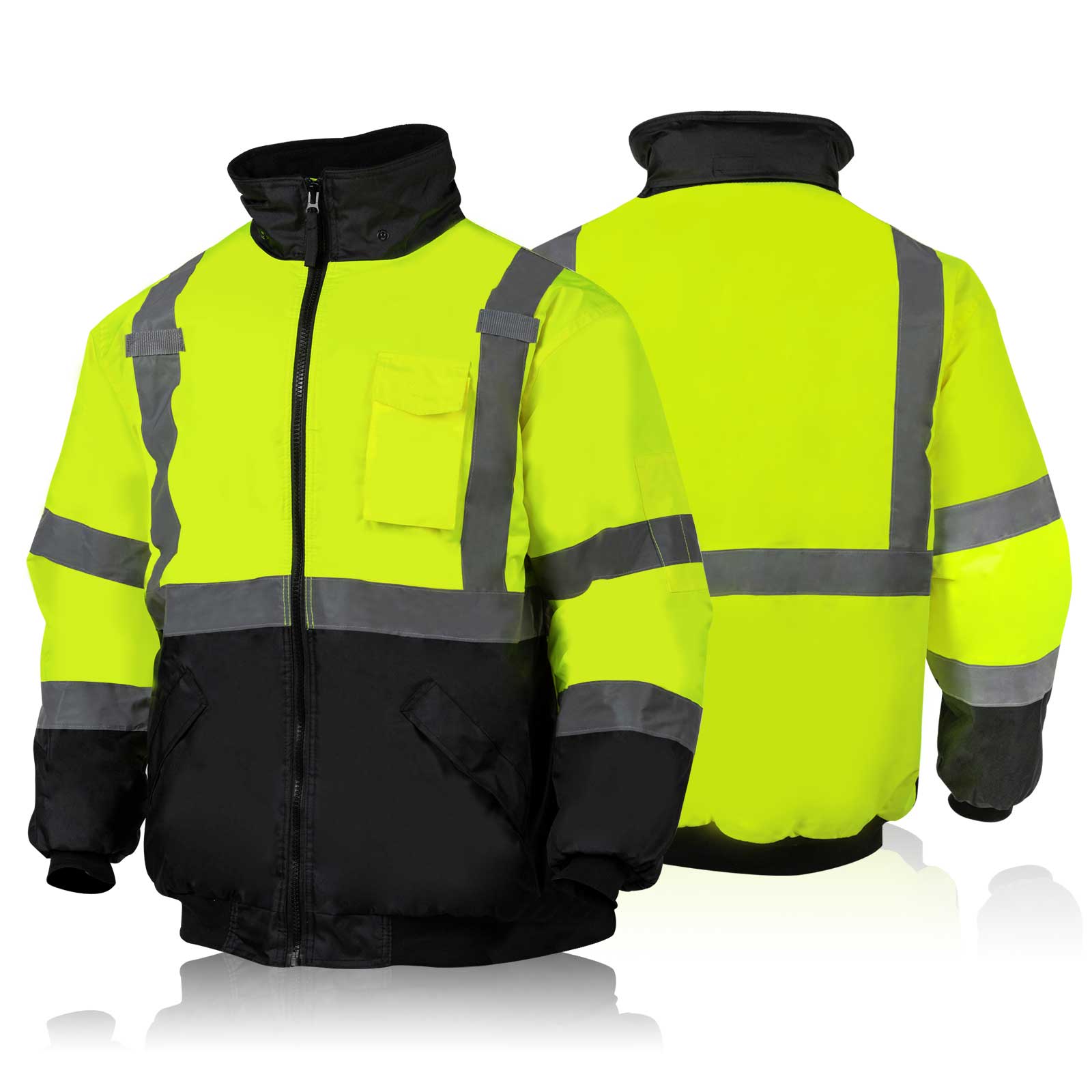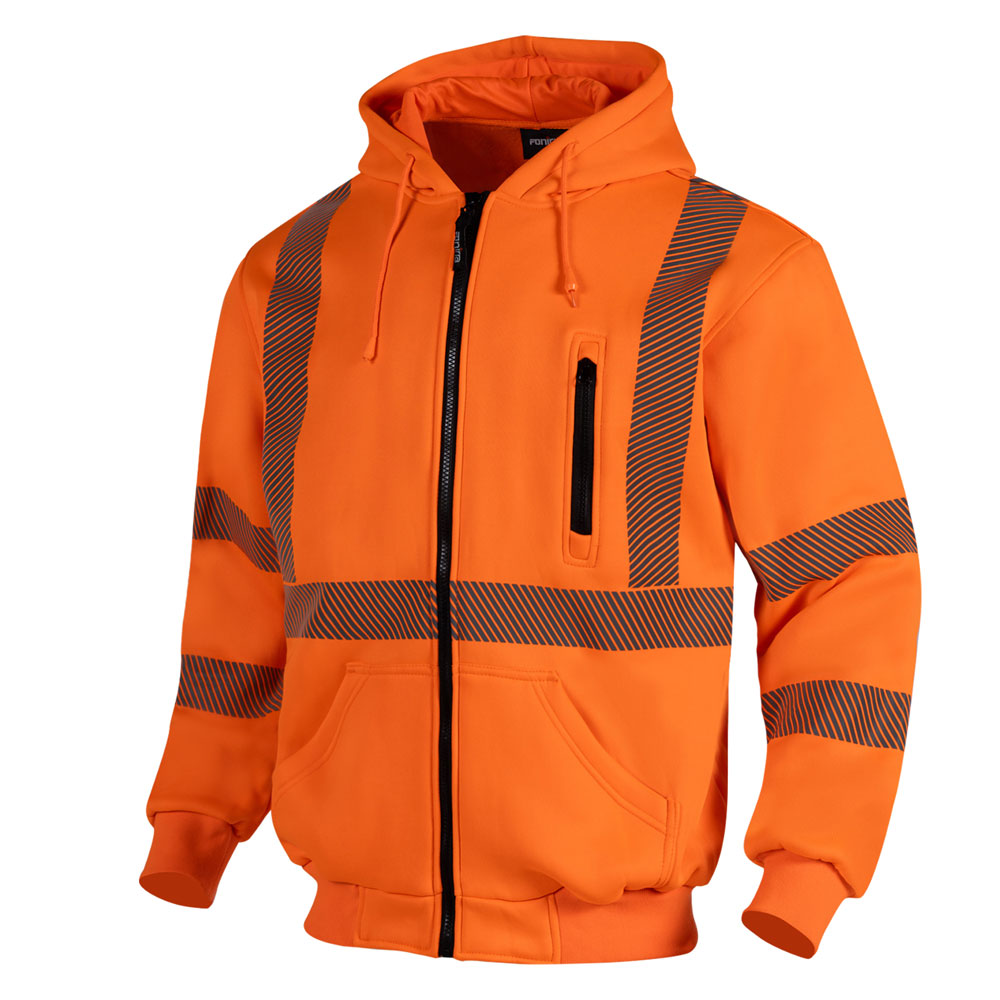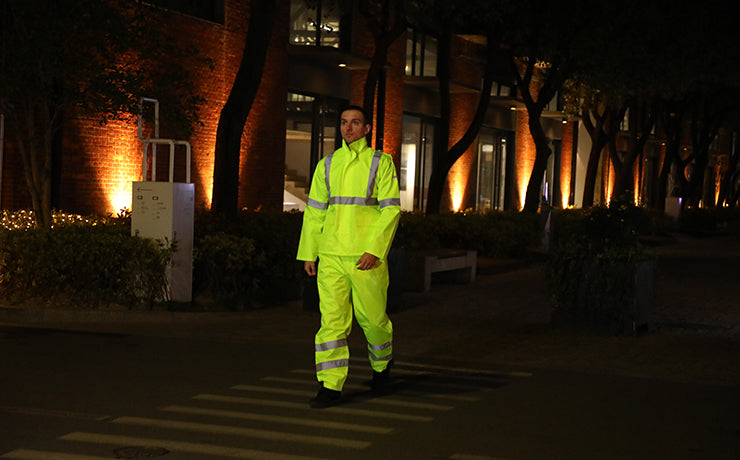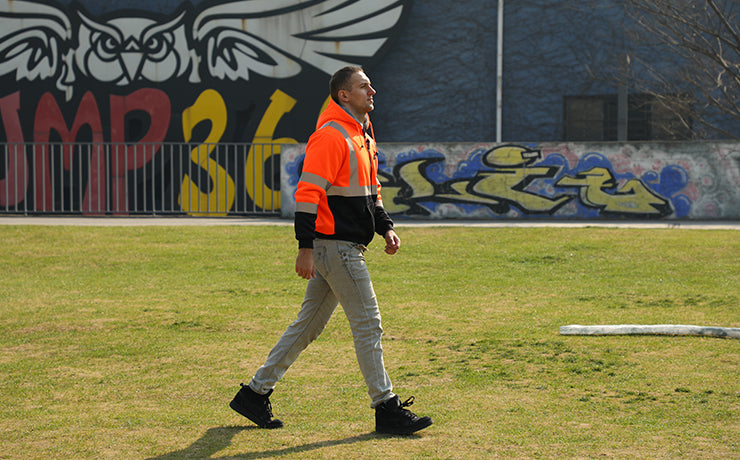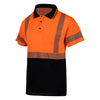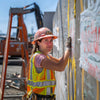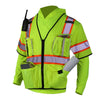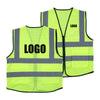Key Features of Class 3 High Visibility Clothing
When you're on a busy work site, being seen is not just about standing out; it's about safety. That's where high-visibility clothing comes into play. These aren't just bright and reflective clothes; they're a crucial part of personal protective equipment (PPE).
The American National Standards Institute (ANSI) and the International Safety Equipment Association (ISEA) have set standards for this gear, known as ANSI/ISEA 107. These standards ensure that workers are visible in all kinds of light conditions, keeping them safe in potentially hazardous environments.
What is Class 3 High Visibility Clothing?
Definition: Class 3 High Visibility Safety Apparel (HVSA) is designed for the highest level of visibility. It's meant for workers in environments where traffic speeds exceed 50 mph or where visibility is significantly reduced, like in bad weather conditions.
Specific Requirements:
- This apparel must include more high-visibility material than Class 1 and Class 2.
- It should cover the arms and legs completely, with reflective strips on both the sleeves and pants.
- The background material is often bright yellow or orange, with retroreflective material for enhanced visibility in low light conditions.
Comparison with Class 1 and Class 2:
-
Class 1: Offers minimal coverage and is suitable for areas where traffic doesn't exceed 25 mph.
-
Class 2: Provides moderate body coverage with additional reflective material compared to Class 1. Suitable for areas with traffic speeds of 25-50 mph.
-
Class 3: Offers the highest level of visibility with the most body coverage. Ideal for high-speed traffic areas and very poor light conditions.
Learn more about the ANSI Classes: ANSI Class 1 vs. Class 2 vs. Class 3: Understanding the Differences
Design and Visibility Requirements
Class 3 HVSA has detailed design features to ensure optimal visibility and safety for workers:
-
Reflective Material: It includes more retroreflective material than Class 1 and 2, ensuring visibility in low light conditions.
-
Background Material: The amount of high-visibility material used is more significant, often covering the whole body. The materials used are often fluorescent to provide high visibility in daylight.
-
Color: Bright colors like yellow, orange, and sometimes green are used as they stand out against most backgrounds.
-
Coverage: Full coverage of the body is required, with sleeves for the arms and long pants for the legs.
These features are essential to ensure that workers are easily seen by drivers, especially in high-speed traffic areas or during nighttime operations. The reflective materials used in Class 3 HVSA are especially effective under vehicle headlights, enhancing worker safety.
Performance Criteria for Class 3 High Visibility Clothing
Class 3 high visibility safety vests and other apparel are built to last. They must withstand tough work environments, resist wear and tear, and maintain their high visibility qualities over time.
These garments retain their bright colors even after extended use and frequent washing. This ensures that safety vests and high-visibility materials stay visibly bright and effective.
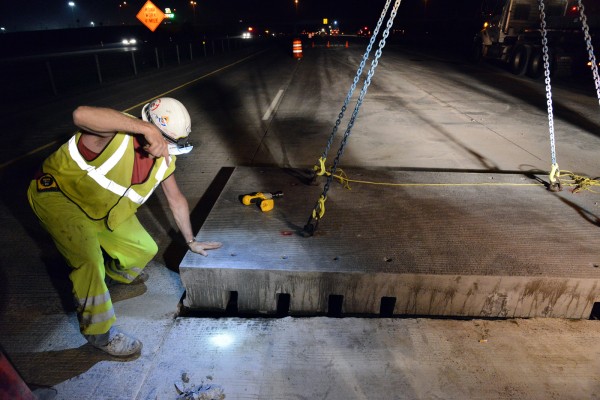
source: Ayres Associate
Visibility Under Various Conditions
Class 3 safety vests and clothing are designed to provide optimal visibility in a range of conditions. This includes poor visibility situations like low light, fog, and heavy rain. The reflective stripes and retroreflective material on these garments shine brightly when light, such as from vehicle headlights, is shone on them.
This feature is vital for nighttime visual conspicuity enhancement and ensures worker visibility is maintained at all times.
Suitable Work Environments for Class 3 Clothing
Class 3 high-visibility clothing is essential in environments where workers need to be highly visible for their safety. This includes:
-
Roadway Temporary Traffic Control: Workers who manage traffic flow, such as toll gate personnel or traffic controllers, greatly benefit from Class 3 safety vests. Their high visibility ensures they are seen by drivers, reducing the risk posed by moving vehicles.
-
Emergency and Incident Responders: For first responders like police, firefighters, and paramedics, Class 3 garments provide increased visibility in emergency situations, especially along roadsides or in off-road environments.
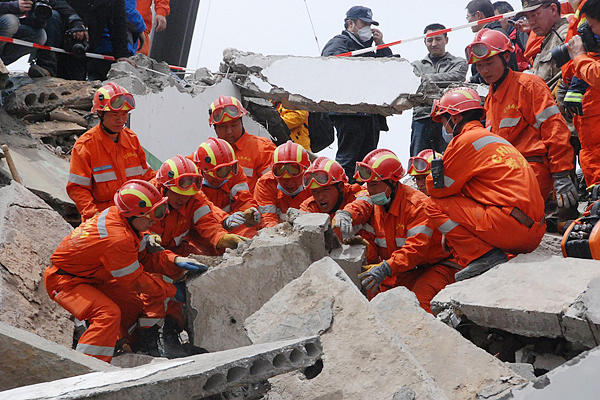
-
Railway and Roadway Construction Workers: In areas where workers are close to high-speed traffic or operating heavy construction equipment, Class 3 safety vests are crucial. They provide better visibility to drivers and other workers, reducing the risk of accidents.
-
Utility and Airport Ground Crews: These workers often operate in areas with heavy vehicle movement and poor lighting conditions. High-visibility apparel is essential to ensure they are seen by pilots, drivers, and machine operators.
-
School Crossing Guards and Survey Crews: Class 3 HVSA offers greater visibility for these workers, who often find themselves in the path of oncoming traffic.
-
Law Enforcement Personnel: In maintaining public safety and controlling traffic, law enforcement officers benefit from the enhanced visibility offered by Class 3 garments.
In all these occupational environments, Class 3 HVSA, with its reflective striping and bright colors, plays a critical role in ensuring worker safety against struck-by hazards, especially in high-speed traffic areas or low-light conditions.
Safety and Compliance
Compliance with the ANSI/ISEA 107 standards for high visibility safety apparel (HVSA) is crucial for workplace safety. These standards are designed to ensure that workers are easily visible in various environments, which is critical in preventing accidents, especially in areas with high-speed traffic or poor visibility conditions.
How Class 3 HVSA Contributes to Worker Safety?
-
Enhanced Visibility in Various Conditions: Class 3 HVSA, with its bright background materials and retroreflective material, ensures workers are visible both during the day and at night, as well as in poor weather conditions. This is vital for roles like emergency responders and road construction workers.
-
Design Compliant with Safety Standards: These garments meet specific performance classes set by ANSI/ISEA 107, ensuring they provide the necessary level of visibility as per the work environment. This includes features like flame resistance and reflective tape, which are crucial for utility and railway workers.
-
Promotes Recognition and Avoidance of Hazards: By wearing Class 3 HVSA, workers are more easily seen by drivers and machine operators, reducing the risk of accidents, especially near public access highway rights and physical barriers.
Choosing the Right Class 3 HVSA
When selecting Class 3 clothing for different work environments, consider the following factors:
-
Specific Work Environment Needs: Different job roles, such as emergency responders or utility workers, have varying visibility needs. Choose HVSA that suits the specific challenges of the work environment.
-
Compliance with Standards: Ensure that the Class 3 garments comply with ANSI/ISEA 107 standards. Look for the vest label indicating compliance with performance classes and flame-resistant standards.
-
Material Durability and Comfort: Choose combined performance materials that offer durability and comfort, especially in harsh working conditions.
-
Weather and Lighting Conditions: Consider garments that offer additional protection, like flame resistance or enhanced reflective qualities, for working in low light or adverse weather conditions.
Fonirra’s Range of Class 3 High Visibility Clothing
Fonirra offers a variety of Class 3 HVSA, including:
-
Fluorescent Work Hi-Vis Safety Hoodie: This hoodie is designed for high visibility and comfort, ideal for workers requiring both daytime visibility and warmth.

-
Rain Waterproof Winter Safety Hi-Vis Jacket: This jacket provides not only high visibility but also protection against rain and cold, suitable for harsh outdoor conditions.

These products incorporate features such as retroreflective material and flame resistance, adhering to ANSI standards and catering to the needs of various workers, from railway workers to emergency responders.
Conclusion
Class 3 High Visibility Safety Apparel (HVSA) plays an indispensable role in enhancing worker safety in high-risk environments. Adhering to ANSI/ISEA 107 standards, these garments provide the highest level of visibility, especially in conditions of poor lighting or high-speed traffic.
For workers ranging from road construction crews to emergency responders, Class 3 HVSA is a critical component of workplace safety, significantly reducing the risk of accidents and injuries.
By carefully selecting the right Class 3 HVSA, tailored to specific work environments and roles, employers can ensure the safety and visibility of their workforce, ultimately contributing to a safer, more efficient work environment.

